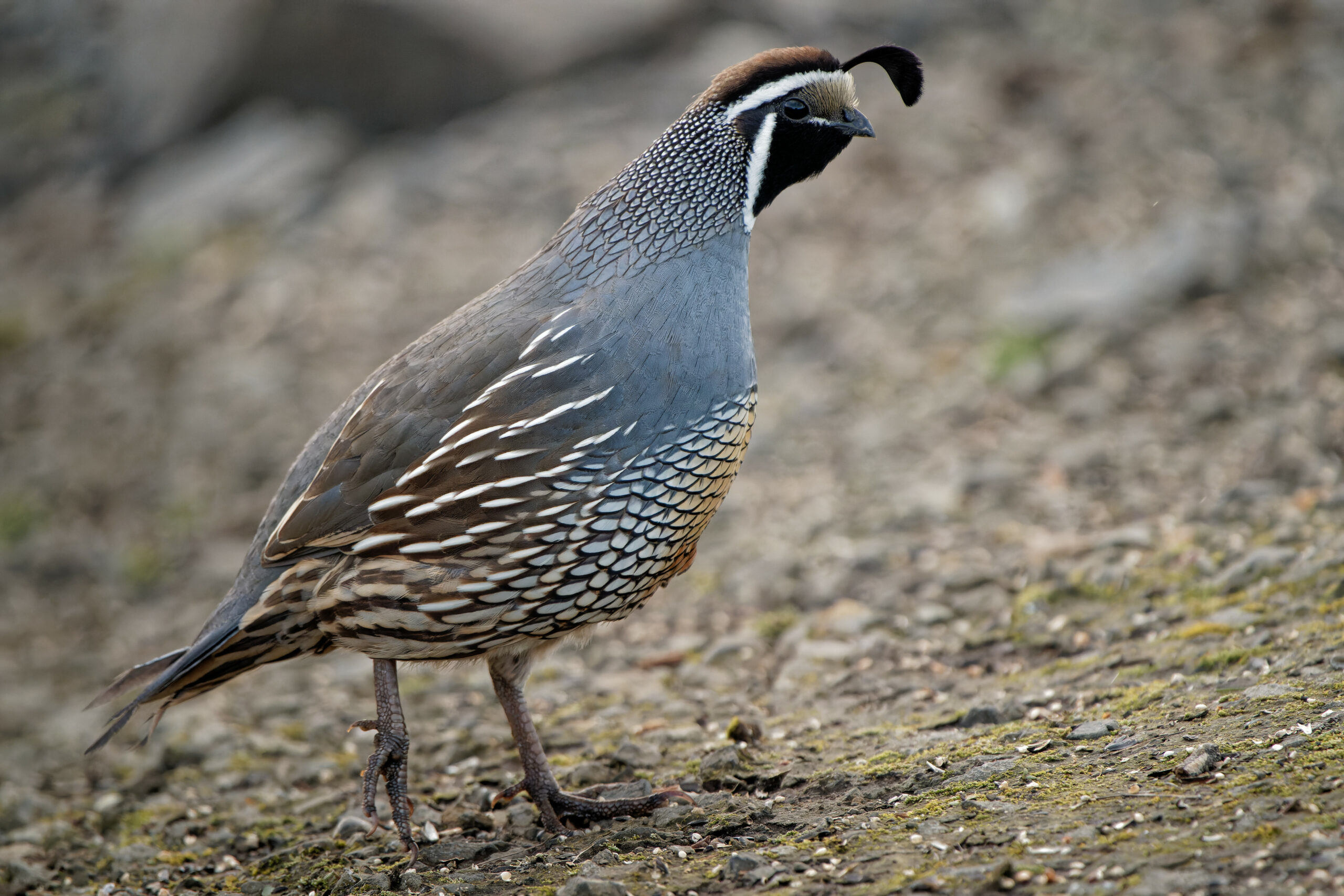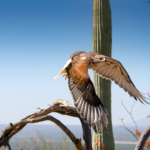Nestled in the northwestern part of Arizona, Mohave County boasts a rich and diverse array of wildlife. From the vast desert landscapes to the mighty Colorado River, this region provides a haven for numerous species, showcasing the wonders of the natural world. Let’s embark on a virtual safari as we explore the extensive wildlife that calls Mohave County home.
- Mammals:
- Mohave County is home to a variety of mammals, each adapted to the unique desert environment. Among the notable species are:
a) Desert Bighorn Sheep: These majestic creatures roam the rugged mountain ranges of Mohave County, showcasing their impressive curved horns and remarkable agility.
b) Coyotes: With their adaptable nature, coyotes have successfully adapted to the arid conditions of the region. These highly intelligent predators can be spotted in various habitats, including desert plains and urban areas.
c) Kit Foxes: Known for their large ears, kit foxes are expert burrowers and primarily active during the cooler hours of the day. Their sandy-colored fur helps them blend seamlessly into the desert surroundings.
d) Bobcats: Stealthy and elusive, bobcats inhabit the mountainous and semi-arid regions of Mohave County. Their distinctive spotted fur and tufted ears make them easily identifiable.
e) Kangaroo Rats: These small, kangaroo-like rodents are well adapted to the desert, capable of surviving without drinking water directly. They obtain moisture from their food and can be found in various habitats throughout the county.
- Birds:
- Mohave County offers an excellent destination for birdwatchers, with numerous species of birds either residing or passing through the area. Some notable avian inhabitants include:
a) Bald Eagles: As the national bird of the United States, bald eagles can be spotted in Mohave County during the winter months. They nest along the Colorado River and other water bodies, showcasing their impressive wingspans.
b) Gambel’s Quail: These ground-dwelling birds with their distinctive top knots and plumed crests are a common sight in Mohave County. Their unique vocalizations add a pleasant soundscape to the desert.
c) Burrowing Owls: True to their name, burrowing owls reside in underground burrows, often utilizing abandoned rodent dens. These small owls have long legs and can be spotted perched on fence posts or low vegetation.
d) Great Blue Herons: These tall, elegant wading birds can be seen along the shores of the Colorado River and other bodies of water in the county. Their graceful movements and striking blue-gray plumage make them a delight to observe.
e) Roadrunners: Known for their distinctive appearance and ability to run swiftly, roadrunners are iconic birds of the Southwest. They can often be seen darting across roads or perched on fences in Mohave County.
- Reptiles and Amphibians:
- Mohave County’s arid environment is also home to a diverse range of reptiles and amphibians, including:
a) Desert Tortoises: These long-lived, slow-moving creatures are native to the Mojave Desert and thrive in Mohave County’s desert landscapes. Their well-adapted bodies help them conserve water in the harsh conditions.
b) Western Diamondback Rattlesnakes: As one of the venomous snakes found in the region, western diamondbacks have distinct diamond-shaped patterns on their skin. Exercise caution when encountering these reptiles.
c) Gila Monsters: These venomous lizards, with their unique black and orange markings, are native to the Sonoran Desert and can occasionally be found in Mohave County.
d) Red-Spotted Toads: Commonly found in desert washes and near water sources, red-spotted toads are known for their vibrant red markings. Their distinct calls can be heard during the monsoon season.
e) Western Fence Lizards: These agile lizards are prevalent throughout Mohave County, often seen basking on rocks or darting across trails. They play a vital role in controlling insect populations.
f) Sonoran Desert Sidewinders: With their unique sideways movement and characteristic horned scales above their eyes, sidewinder rattlesnakes are well adapted to the desert sands of Mohave County.
g) Spadefoot Toads: These amphibians have specialized spades on their hind feet, which they use to dig into the soil and create burrows during dry periods. They emerge from their burrows after rains to breed.
- Fish and Aquatic Species:
- The Colorado River flowing through Mohave County provides a diverse aquatic ecosystem, supporting various fish and other water-dependent species. Some notable aquatic inhabitants include:
a) Largemouth Bass: A popular sportfish, largemouth bass can be found in the Colorado River and other lakes within Mohave County. Anglers flock to these waters for the thrill of catching these prized fish.
b) Channel Catfish: Known for their excellent taste and fighting spirit, channel catfish thrive in the warm waters of Mohave County. They are a sought-after catch for anglers.
c) Razorback Suckers: These native fish, characterized by their humpbacked appearance and downturned mouths, are important indicators of the health of the Colorado River ecosystem. Conservation efforts are in place to protect their populations.
d) Desert Pupfish: Adapted to survive in extreme conditions, the desert pupfish can be found in isolated springs and desert streams of Mohave County. They exhibit vibrant blue and orange coloration.
Mohave County, Arizona, is a treasure trove of diverse wildlife, showcasing the remarkable adaptations of species to the desert environment. From the iconic bighorn sheep traversing the rugged mountains to the elusive reptiles and the abundance of bird species, this region offers a captivating glimpse into the wonders of the natural world. Whether you are an avid wildlife enthusiast or a casual observer, exploring the extensive wildlife of Mohave County is a rewarding experience that highlights the importance of preserving and appreciating the remarkable biodiversity that exists within our own backyards.










